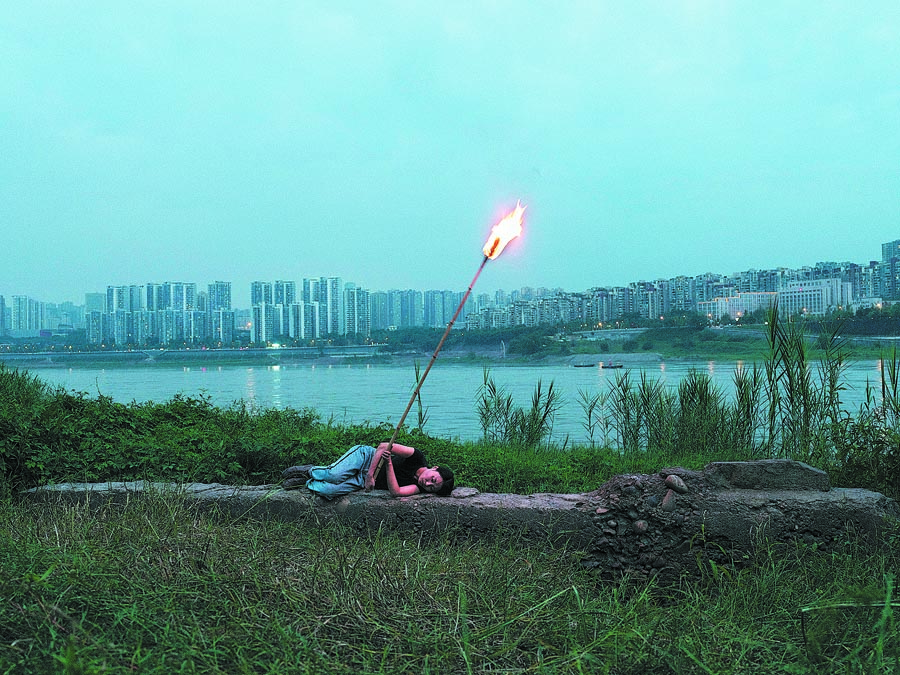

Among the names, there are established artists who gained fame during the last century, such as Cai Guoqiang, Liu Xiaodong and Fang Lijun. Many young artists, born in the 1980s and 1990s, are also included in the list.
"China has experienced great changes in the past four decades. The younger generation is very different from that of their parents. Such differences are distinctive in their artworks," says Zhu, adding that the show reflects an intergenerational shift in the exploration of Chinese art in 2021.
The past few years have seen more and more young artists in their 20s and 30s emerging. They are active across online platforms, which show their works and are supported by galleries, art museums and art institutions, enabling them to be exposed to a wider audience.
Zhu says that artistic concepts of Chinese artists are fully in line with their global counterparts. The younger generation is facing a world that brings more challenges and opportunities, as contemporary Chinese art is gradually integrated into that of the world at large.
Due to the pandemic, the show was postponed several times and finally opened to the public earlier last month. It will later move to Xiamen, Fujian province.